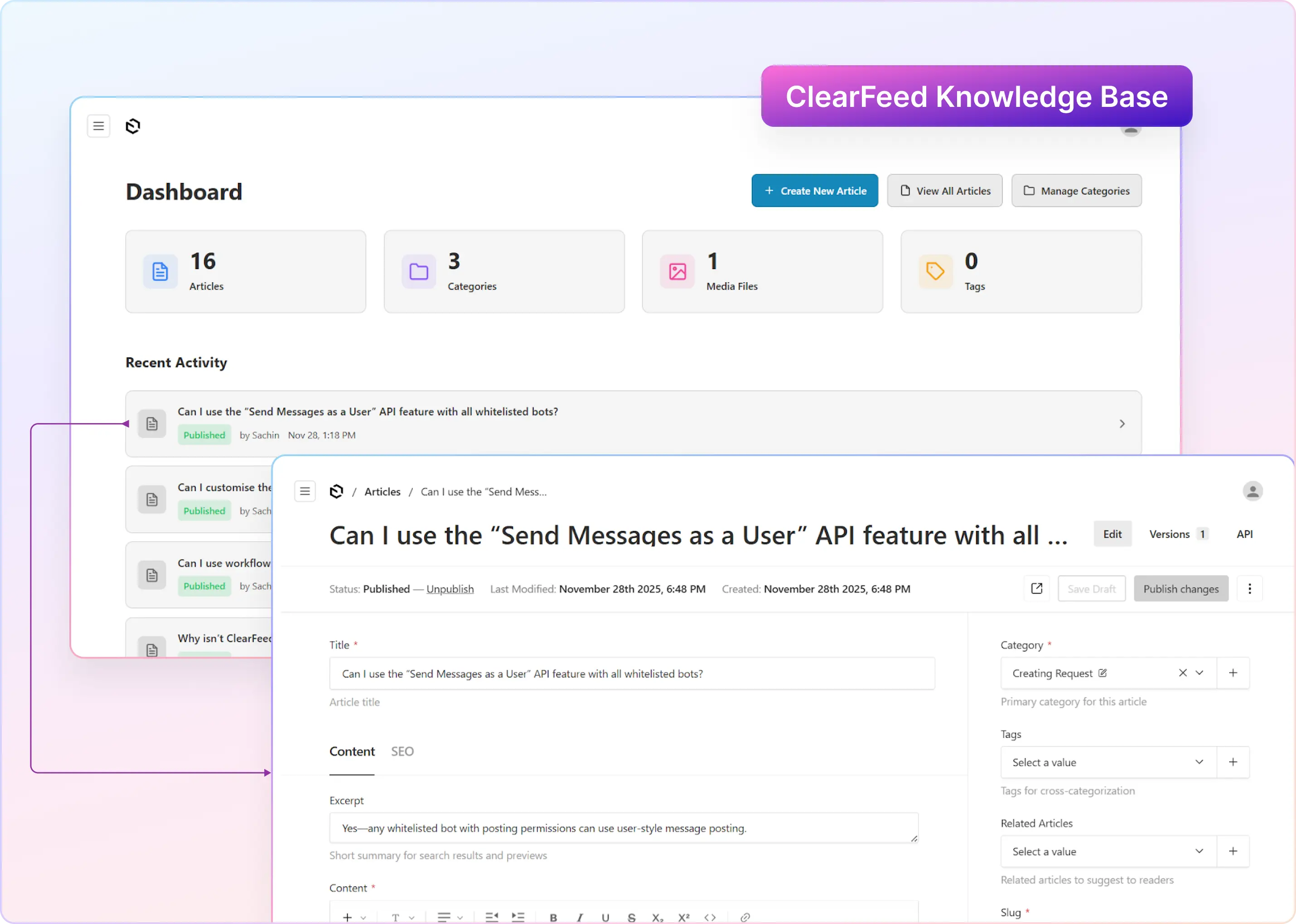ClearFeed started with a mission to reduce noise in the workplace and find actionable items using AI. We began by looking at Slack - one of the biggest sources of information overload. In particular, I will use cases of Slack as a Helpdesk for internal and external customers. In the last few months, we talked to many companies about their problems in this area.
We are kicking off our blog with some observations from these interactions. Admittedly, our sample set is small and biased (towards SaaS companies, for example), but we would love to chat (on Slack, where else!) with more people on this topic.
Slack As a Help Desk Is a Universal Construct
Almost all companies use Slack internally as a help desk in different departments (like IT, HR, Sales Ops, etc). Many SaaS companies use Slack Connect to serve customers and interface with their partners. Customers love Slack to interact directly with key people in the company. (e.g., their CSM, Product Leadership, etc.).
Startups Love Slack for Customer Support
Almost all companies (ourselves included!) find it natural to create a shared Slack channel with their customers and provide direct support. You spend your entire day on Slack - so why go elsewhere for Support?
The immediate response promised by Slack, the ability of many key stakeholders (including product and engineering teams) to interact directly with customers, the lack of licensing, and other friction imposed by traditional ticketing software made Slack an obvious choice on day 1.
But Ticketing Is Hard to Avoid
For products with a large user base, Support interactions with such a large user base are infeasible on a shared Slack channel. A formal ticketing system like Zendesk or Intercom is required in such cases.
Access to support is also required over multiple touchpoints - like email or in-app interfaces for software products. Slack, by itself, does not provide these interfaces.
Support over Slack Can Be Hard to Scale
Independent of the previous point, it can be hard to scale as the business grows. While the issues are often company and product-specific, we found some repeated patterns across different companies:
It's Difficult to Do Capacity Planning on Slack
This is a common pain point across all use cases of Slack for Support (internal and external). Support teams are used to using service metrics like
to understand the volume of support requests, plan capacity in response (and measure how well they are doing). However, slack is a black box, and it's impossible to get these metrics when providing support on Slack.
What About Teams and Discord?
Many enterprise customers are on Microsoft Teams. As startups scale their business beyond companies like themselves - they frequently run into customers who want to use Teams for inter-company communication.
Similarly - Discord is rapidly emerging as the tool the Tech community loves to use for chat and is widely used in Open-Source communities. This persists even if the company driving the community uses Slack for internal communication. In developing countries - Whatsapp is also extremely popular.
The results of this fragmentation vary. Sometimes, employees have to be present on multiple tools. Sometimes, there's just no common meeting ground between customers and vendors.
Shadow Channels for Private Comments
Slack channels do not have the notion of private comments (unlike ticketing systems). Moreover, executives (like a CTO/CPO et al.) may not want to be in a customer Slack connect channel but often want to observe and participate in the proceedings.
As a result - many companies often set up a Shadow channel for each customer for internal collaboration around a specific customer. Some even set up a common channel where discussions across different Customer channels are mirrored.
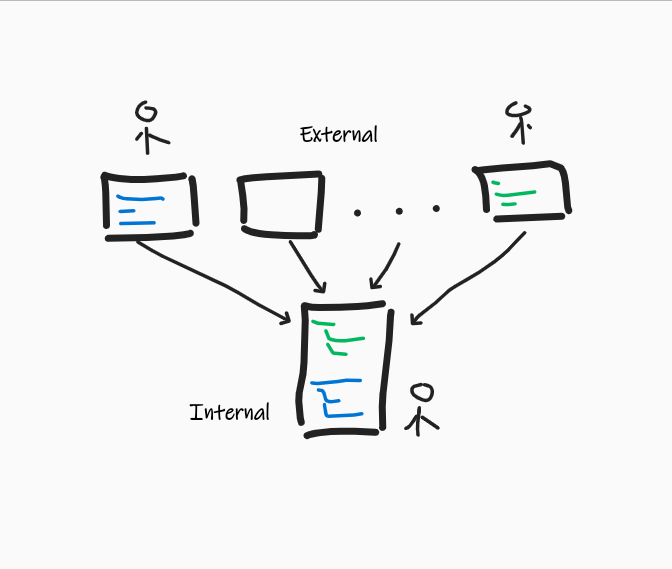
An internal discussion channel being used to track external customer conversations
Slack + Zendesk + Jira Is a Common Reality
(Zendesk/Jira here are representative of Support Ticketing/Engineering task management systems)
Because of the issues scaling Slack for Support, it is common to revert to a Ticketing system for formal Support. The Slack Connect rooms do not go away (after all, customers love them!) - but most Support teams start coaxing their customers to file Tickets instead.
Meanwhile, the Engineering team uses Jira (or similar) for task management, and many Customer interactions depend on Engineering tasks. Support and customer service professionals use a triumvirate of Slack, Zendesk, and Jiras for their daily workflows.
Collaboration Has Moved from Jira/zendesk to Slack
It used to be that people would collaborate on Jira or Zendesk comments (to use the same two popular examples). But increasingly, people just prefer to discuss things on Slack instead.
While this has helped the cause of collaboration (it is far easier to collaborate on Slack, and unlike some tools - everyone in the organization has access to Slack) - it has led to fragmentation of knowledge. Triage discussions related to a Ticket and design discussions related to a Jira happen on Slack and are never reflected back in the system of record.
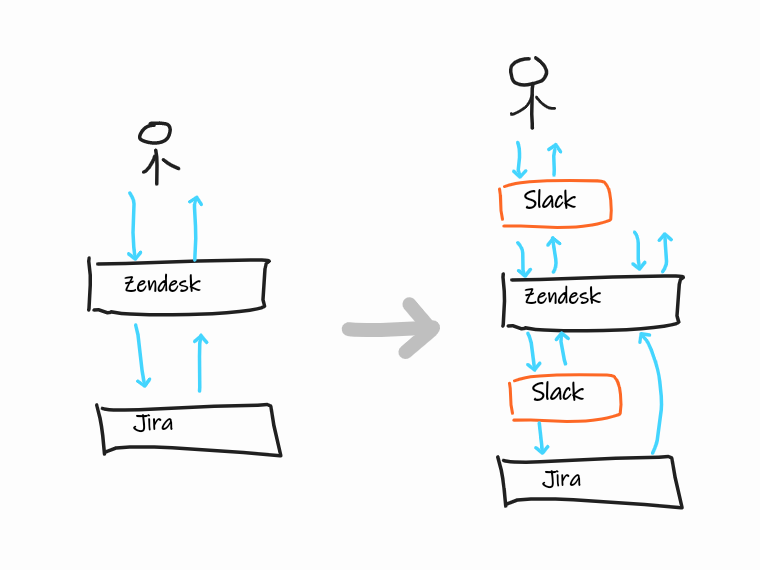
Slack is taking over Collaboration
Slack Plugins from Ticketing/task Tools Are Sub-Optimal
Most popular tools like Jira, Linear, Zendesk, et al. provide Slack plugins of their own. Surprisingly, we learned that these plugins are often sub-optimal, requiring users to copy-paste multiple messages in a thread and painfully download and upload attachments across tools. They also don't keep the conversation in Slack in sync as it evolves. Users can spend several hours every week transferring data across these tools.
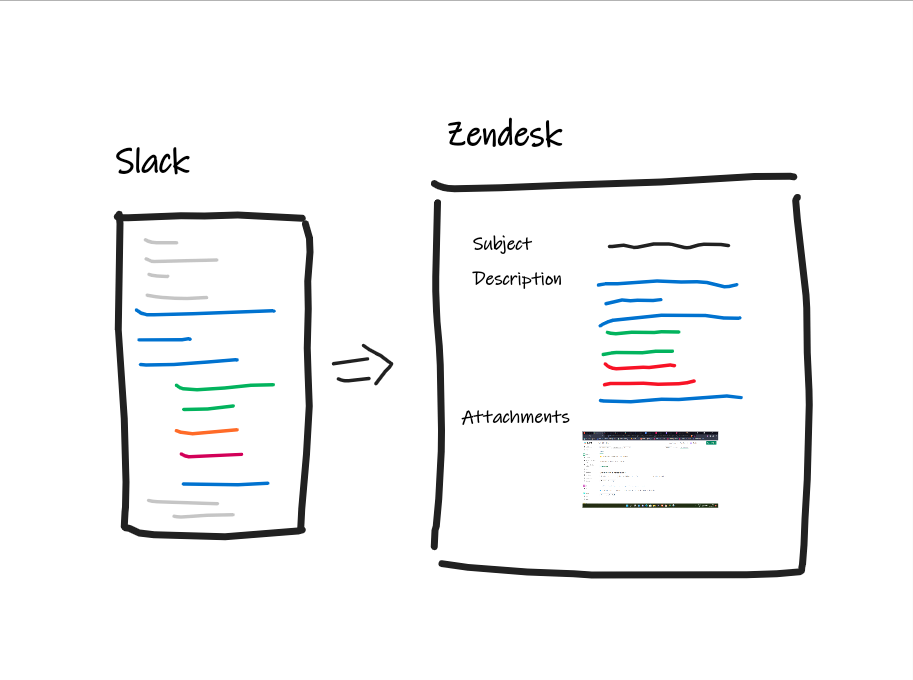
It is not easy to convert Conversations into Tickets/Tasks
Emoticons Are a Mixed Bag
Many teams use emoticons to signal the status of requests on their helpdesk. Some also use emoticons to create tickets. However, not everyone loves emoticons. In particular - they are intrusive in customer-facing channels. And lots of people also simply just don't use them.
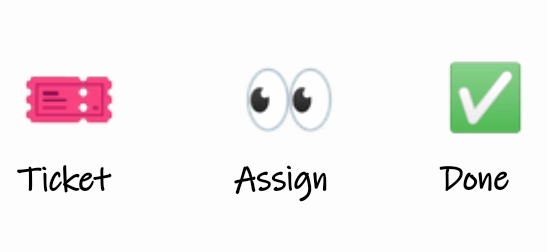
Emoticons popular in Slack Helpdesks
Not Just Slack Conversations That Are Hard to Track
(Surprise - we have a bonus eleventh item in our Top Ten!)
Many individuals reported that while they have to keep on top of their Slack channels - it is also important to be on top of updates from other tools in the company. Some examples:
The picture emerges in a customer-centric world - updates from different tools for a single customer are important.
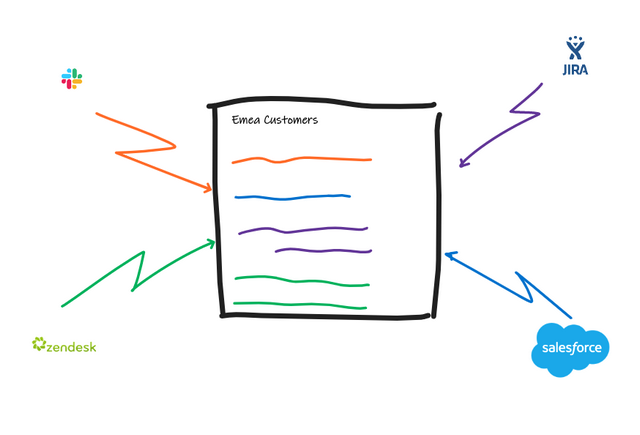
Customer-centricity requires monitoring updates from different tools
Our Mission and What's Next
Finding actionable insights across the information deluge is our core mission at ClearFeed. We have learned a lot from early users and are building software to help solve some of the problems above that users narrated to us. If you want to stay tuned for our product updates or discuss your challenges, please drop by our Community Slack and exchange notes with fellow Slackistas or register on our website, and we will get in touch.
We are also hiring for some key roles in Engineering and Marketing. If you love this problem space - ping one of the founders on LinkedIn - Joydeep / Lalit / Ankit, or apply here.
PS
Many of the findings here were about engaging and supporting customers on Slack. We subsequently wrote a detailed guide on managing customers in Slack that you may find useful!








